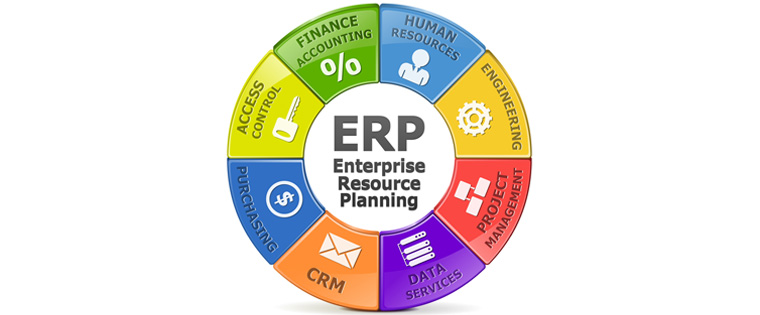3 Key Points for a Successful Enterprise Software Training for End-Users

“The first rule of any technology used in a business is that automation applied to an efficient operation will magnify the efficiency. The second is that automation applied to an inefficient operation will magnify the inefficiency.” – Bill Gates
James works in one of the leading IT firms. Recently, a new enterprise software was rolled out in his company. Though James was aware of why the software is used, he was not aware of how to use of the software based on his role. Confused with its functionality and steps, James started approaching the helpdesk often and this added to his work pressure.
If James was in your company, would you not want him to work easily and confidently with the new software which is actually supposed to help him? If yes, how would you help him?
An innovative and scalable end-user training program is the answer. This will make it easier for learners to use the software and aid new hires by guiding them to know on how to use the software, thus reducing time and efforts spent on knowledge transition. Here are a few key points for planning and implementing a successful ERP end-user training program.
1. Know Your Employees
Knowing your employees’ technical competencies is one of the most important factors to be considered while planning the training. Not all employees will have the same skill level.
Different departments such as Admin, Finance, HR, IT will have varying levels of technical knowledge. Even within one particular department, there will be employees with variant skill levels based on many factors such as their experience, prior training, job role, responsibilities, etc.
Training should be planned taking all these factors into consideration. Groups of employees with the same level of technical expertise should be identified and trained separately to avoid conflicts in understanding and using the software.
2. Select the Right Training Method
The next step is to decide on the delivery methods for the training. We all know how companies and employees work at jet speed to deliver their best to the customers within deadlines.
In such fast paced working environments, it is difficult to assemble all employees at the same time and place to train them. Also factors such as the varying skill levels discussed earlier and the sheer number of employees to be trained makes it very challenging to conduct classroom-based training sessions.
Now that we live in a world where “e” is the go-to-word, companies may choose to implement e-trainings. E-learning programs can be designed in the form of interactive lessons, with a number of case studies and examples. To help employees manage their work and trainings, e-learning can be divided into modules and a summary at the end of each module would be highly effective in reinforcing knowledge.
Conducting scenario-based online tests to assess end-users’ understanding and readiness to start using the software will help to a great extent.
3. Provide Continuous Training
Once the software is rolled out and employees start using it, there might be a few unexpected glitches. It might be anything from compatibility issues to security issues, even after the software has undergone different levels of software testing.
So when the next version of the software is developed to resolve these issues or reflect the changes in your business processes, employees need to be trained on the new enhancements. They should be aware of how the new version is different from the earlier one and how it is going to impact their work.
E-learning makes it very easy and convenient to provide continual training to communicate new updates or help employees reinforce their knowledge through micro learning and job-aids.
Thus, having effective software enterprise training will prove beneficial for a company’s growth. Once employees are well-trained on using the software, they will in turn, maximize the utilization of the software and thus increase productivity and provide the best services to customers. Have more thoughts on this? Please do share.





